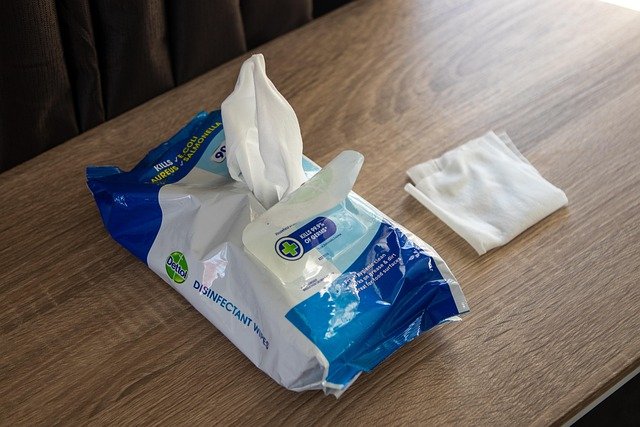Managing Supplies: Planning, Storage, and Reducing Unnecessary Waste
Effective planning and thoughtful storage can reduce waste and stress when caring for an infant. This overview highlights practical supply planning, choices that affect absorbency and fit, and simple steps to balance hygiene, sustainability, and budgeting.

Parents and caregivers who plan supplies intentionally often find fewer last-minute trips and less unnecessary waste. A clear inventory system and basic rules for rotation—use older stock first, note sizing transitions, and keep a compact travel kit—help maintain consistent hygiene and reduce disposal of unused items. Consider absorbency needs for different times of day and the fit and comfort that support skinhealth to avoid frequent changes and leaks.
This article is for informational purposes only and should not be considered medical advice. Please consult a qualified healthcare professional for personalized guidance and treatment.
How to plan supplies for absorbency and sizing?
Choosing the right combination of absorbency and sizing begins with observing an infant’s patterns. Track how often changes are needed over several days to estimate daily use by size and by time (day versus overnight). Keep a small buffer of the next size up for growth spurts and a few smaller sizes in case of supply swaps. Planning for varying absorbency—lighter for daytime, higher for overnight—reduces unnecessary overuse of highly absorbent items and helps control waste while ensuring adequate protection.
What affects fit, comfort, and skinhealth?
A secure fit minimizes leakage and chafing; adjustable closures and appropriate sizing are central to comfort. Materials that wick moisture away from skin and breathable panels reduce irritation and the risk of rashes, supporting skinhealth. Rotate brands or materials gradually when trying new options to monitor any skin reaction. Keep hygiene routines consistent: regular changes, gentle cleansing, and fully drying the skin before refastening all help maintain comfort and reduce the frequency of product-related skin issues.
How to manage overnight needs and leakage?
Overnight periods typically require products with higher absorbency and secure fit to prevent leakage and extended exposure to moisture. Use products rated for extended wear or add a secondary absorbent layer if needed. Ensure sizing accommodates movement during sleep without being too loose. For prolonged outings, consider compact refill options and a small emergency kit to handle changes. Tracking which products perform best overnight allows targeted purchases and reduces waste from items that fail to contain leakage.
Which materials support sustainability and biodegradable options?
Materials matter for lifecycle impact. Look for products with responsibly sourced components, clear disclosures about materials, and options labeled biodegradable where appropriate. Biodegradable items may break down faster in industrial composting facilities but often require specific conditions; home composting is not always feasible. Reusable materials can reduce single-use waste but add laundering and care considerations. Evaluate trade-offs between convenience, environmental claims, and real-world disposal paths to match sustainability goals with practical needs.
How to store, travel, and maintain hygiene?
Store supplies in cool, dry places away from direct sunlight to preserve materials and adhesives. Use clear bins or labeled containers to simplify rotation and prevent expired or degraded items from accumulating. For travel, assemble a small kit with essentials—a few change items, a compact disposal bag, and cleansing wipes—to avoid buying disposable upgrades on the go. Maintain hygiene by sealing used items promptly, washing hands before and after changes, and carrying a travel-size hand sanitizer for situations where washing isn’t available.
How to budget, refill, and handle disposal?
Budgeting around actual consumption patterns prevents overbuying. Keep track of weekly or monthly usage and adjust purchase volumes accordingly; consider bulk purchases for frequently used sizes when storage allows. Refill options—subscription services or local services in your area—can stabilize supply without excess stocking. For disposal, follow local services’ guidelines: some materials go to regular waste, while others may be eligible for special processing. When possible, choose products aligned with your disposal infrastructure to reduce landfill contribution.
Conclusion Thoughtful planning, consistent storage habits, and informed product choices help reduce unnecessary waste while ensuring absorbency, fit, and comfort for daily and overnight needs. Balancing sustainability and convenience often means matching materials and disposal options to local services and personal routines. Regularly reviewing usage patterns and rotating stock can simplify supply management and support better hygiene and skinhealth outcomes.






